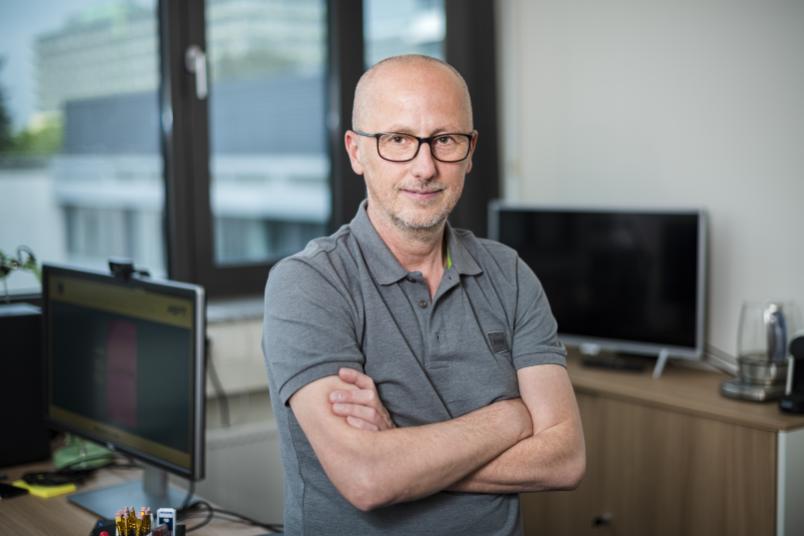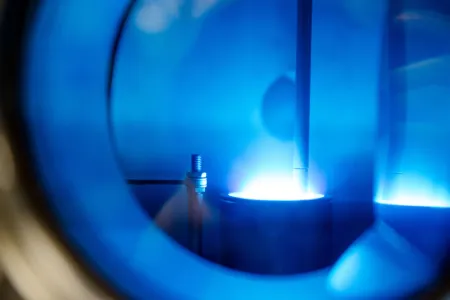
Electrodynamics and Plasma Technology
Plasma simulation aids the development of faster processors
Thomas Mussenbrock explains how computer simulations of plasmas can aid the production of smaller and more powerful processors and memories in the future.
Plasma simulations will play an increasingly important role in the development of plasma processes – especially for the production of nanoelectronic circuits. Without a fundamental understanding of the unique properties of low-temperature plasmas, it will hardly be possible to produce smaller and faster processors and storage devices. The necessary knowledge is increasingly derived from plasma simulations and complementary experiments.
In order to develop strategies for controlling the processes in particular, we will have to be aided by customised mathematical models. Modern machine learning methods will also be utilised for this purpose. However, even in ten years we won’t be able to simulate a plasma completely – not even with all the supercomputers in the world. A laboratory plasma consists of an unimaginable 10 to the power of 18 particles. To store just a single state, one million one-terabyte hard drives have to be used. The only thing that can help here is mathematical models that, on the one hand, reduce the complexity to a minimum, but on the other hand, take into account all crucial aspects. There’s still a lot to be done.
